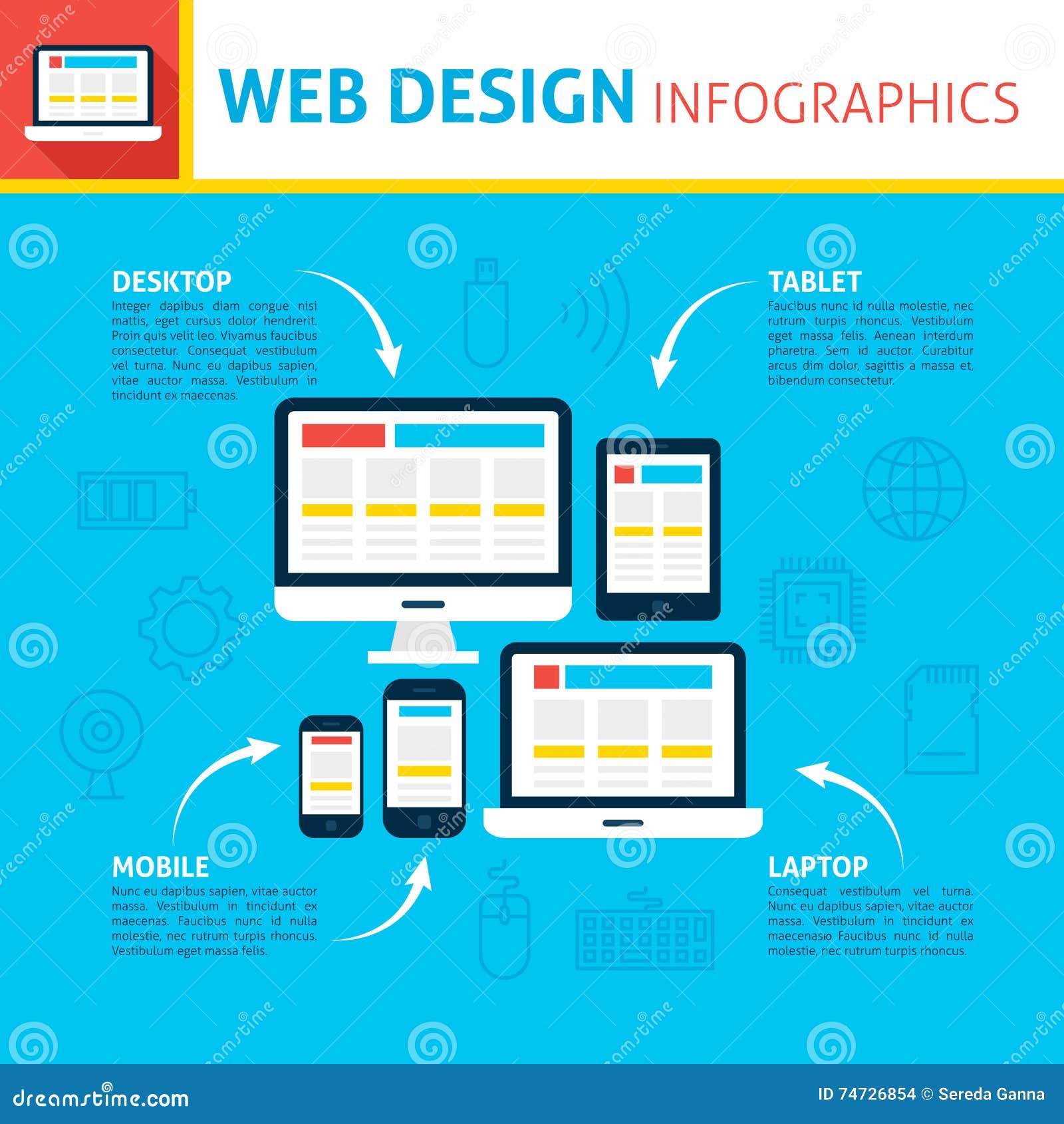Site Design Basics: Tips For Structure A User-Friendly Website
Site Design Basics: Tips For Structure A User-Friendly Website
Blog Article
Personnel Author-Crews Thrane
When it concerns website layout, ensuring user-friendliness is crucial. From responsive design to streamlined navigation, every aspect plays an essential function in creating a website that deals with your target market's requirements. Yet what regarding the better details that can make or damage a user's browsing experience? Stay tuned as we reveal some often-overlooked tips that can elevate your internet site's use to the next degree, making it genuinely attract attention in the digital landscape.
Significance of Responsive Layout
Responsive layout is a critical element of contemporary internet site development. Ensuring your internet site is responsive ways that it can adjust to different display sizes and gadgets, supplying a smooth experience for users.
With the increasing use of smartphones and tablet computers to access the internet, having a responsive design is necessary for getting to a larger target market. It aids in improving user experience by making your web site very easy to navigate and read on any kind of tool.
Additionally, responsive style can positively affect your search engine rankings, as online search engine like Google focus on mobile-friendly web sites. By having a responsive style, you're additionally future-proofing your internet site, as new devices with differing screen dimensions remain to arise.
Simplify Navigation Structure
To improve customer experience and promote easy access to details on your site, simplifying the navigating structure is vital. When designing your website, focus on creating a clear and intuitive navigating menu that assists site visitors locate what they're seeking promptly.
Restriction the number of menu items to the essentials, organizing associated pages together to stay clear of frustrating customers. Use descriptive labels that clearly suggest the material of each web page, making it less complicated for individuals to comprehend where each link will take them.
Take into consideration carrying out dropdown food selections for subcategories to stop jumbling the primary navigating bar. Furthermore, include a search bar prominently on the page for individuals that favor looking for specific details.
Focus on mobile responsiveness in your navigation style to ensure very easy gain access to on all tools.
Optimize Web Page Lots Speed
Improving page lots rate is critical for keeping visitors on your site. Slow-loading web pages irritate individuals and can lead to high bounce prices. To enhance https://reiduoias.dailyhitblog.com/36607700/boost-your-organization-with-efficient-search-engine-optimization-techniques , start by maximizing photos. Compress photos without jeopardizing quality to lower their documents sizes.
In addition, allow browser caching to keep often accessed sources in your area, quickening tons times for returning site visitors. Get the facts , JavaScript, and HTML files by getting rid of unneeded personalities, remarks, and formatting, improving load speed.
Consider utilizing a content delivery network (CDN) to disperse your internet site's content across multiple web servers worldwide, minimizing latency for individuals accessing your website from various locations. Lastly, limit making use of third-party scripts and plugins, as they can substantially influence load times.
Verdict
In conclusion, by incorporating receptive style, simplifying navigation, and optimizing page load rate, you can create an user-friendly website that appeals to a larger target market and improves customer experience. These essential elements make certain that visitors can easily gain access to and browse your site throughout different gadgets, bring about raised engagement and satisfaction. By focusing on these vital facets, you can construct a successful website that maintains individuals coming back for more.
